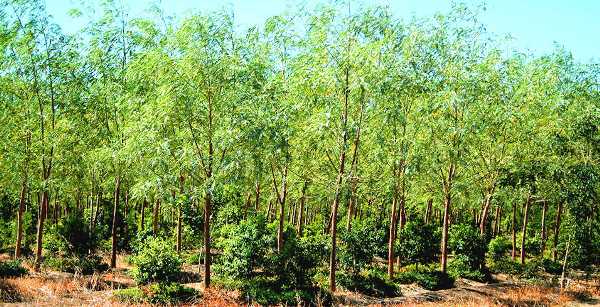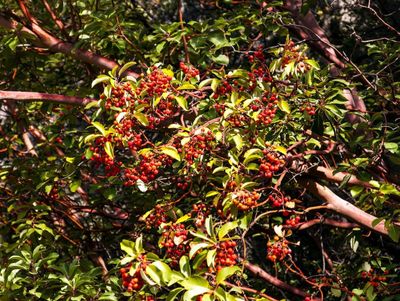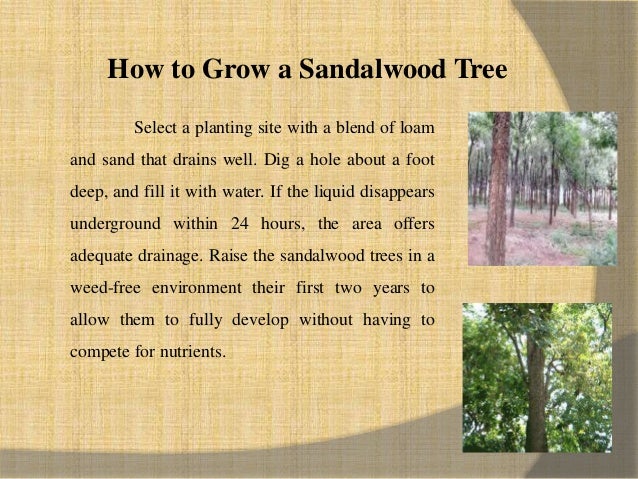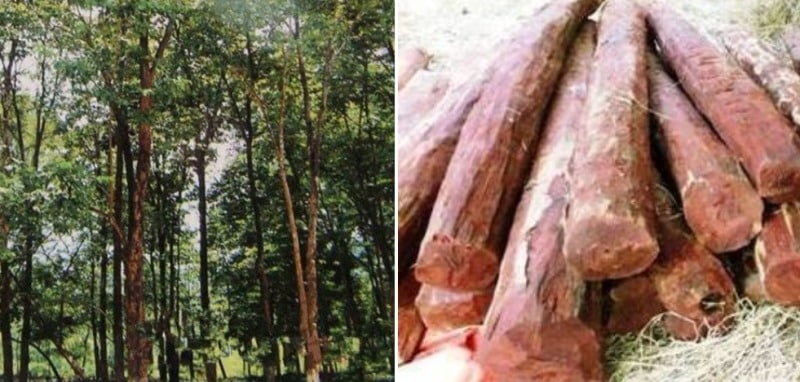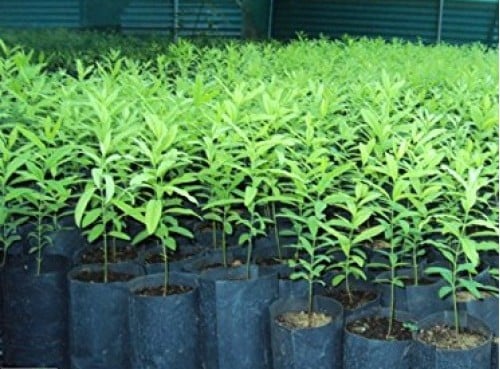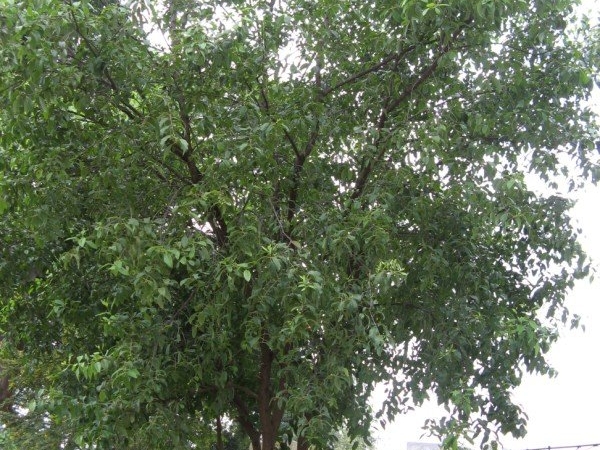Sandalwood is a class of woods from trees in the genus santalum the woods are heavy yellow and fine grained and unlike many other aromatic woods they retain their fragrance for decades.
Sandal tree plantation details.
Shows its demand worldwide.
Pterocarpus santalinus with the common names red sanders red saunders red sandalwood rakt chandan and saunderswood is a species of pterocarpus endemic to the southern eastern ghats mountain range of south india.
Core samples from around 168 sandalwood santalum album trees aged between 8 to 35 years and above and girth class ranging between 30 to 80 cm were extracted at breast height 1 76m using.
Planting and spacing in sandalwood cultivation usually seeds collected from plants age of 15 to 20 years in august to march is best for its growth and yield these collected plants should be dried up and well treated before sowing on nursery beds.
Red sandalwood by doing systemic and organized cultivation for 12 15 years we can achieve an optimum output of heartwood.
Permission is required from the state forest department which sends its officials to cut the tree and buy the sandalwood.
Today we can growthe trees but it is illegal to cut and harvest the wood use it or sell it in the open market.
The best part of this sandalwood farming is that you can also grow sandalwood tree as an intercrop in malabar neem plantation.
Different names of red sandalwood is almug saunderwood red sanders red sanderswood red saunders rakta chandana indian lal chandan ragat chandan rukhto chandan.
Heartwood formation in sandal trees generally starts around 10 13 years of age but what triggers this process has not been very well understood.
Ideally you should plant your sandalwood next to an already established host species such as long lived wattles acacia trees or casuarinas a genus of tropical evergreens including ironwoods and sheoaks.
Sandalwood is often cited as one of the most expensive woods in the world.
Sandalwood tree is called as wooden gold.
Sandalwood tree cultivation details required if you are farmer or investor and planning for sandalwood tree cultivation then you can require proper climate soil land plant selection fertilizers and irrigation.
Generally 7 to 8 months old well branched seedlings of 30 to 35 cm height raised on nursery beds are used for transplanting.
The scientific name of red sandalwood tree is pterocarpus santalinus.
The risk of keeping infected trees within a plantation.
Recent auctions of a p.
The effect of root pruning on fungal presence in sandalwood trees.
Heartwood formation and oil content.
Red sandalwood tree is a native and endemic to india and can only be found in the southern parts of the eastern ghats.
Sandalwood oil is extracted from the woods for use.
Red sandalwood cultivation is having very high demand worldwide the trees will grow only in south india.
This tree is valued for the rich red colour of its wood.
The sandalwood tree connects its root system to that of the host tree in order to get the nutrients it needs.



